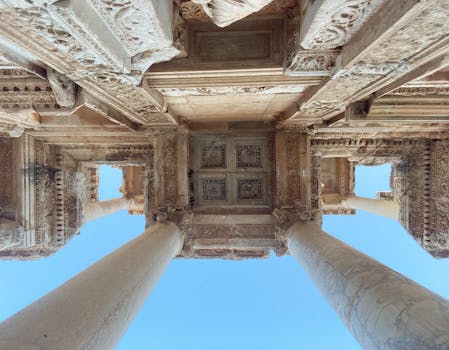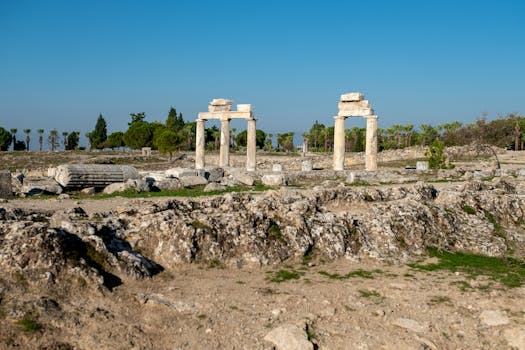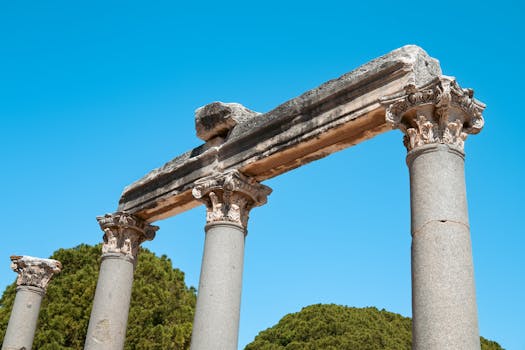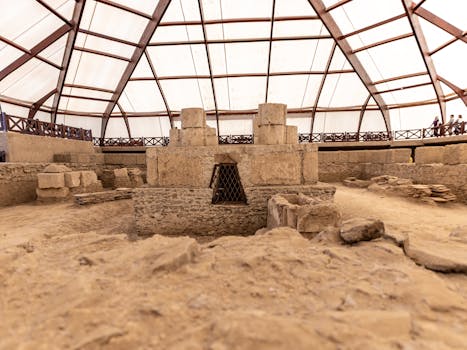
Unearthing the Past: Exploring Historical Artifacts from Ancient Civilizations
Takeaways: Historical artifacts provide essential insights into ancient civilizations, revealing their culture, technology, and daily life. From Egypt’s pyramids to Mesopotamia’s cuneiform tablets, these remnants of the past continue to inspire and educate us about human history.
Historical artifacts are invaluable treasures that connect us to the intricate tapestry of human history. They serve as tangible links to ancient civilizations, shedding light on their cultures, beliefs, and technological advancements. In this article, we will explore some of the most significant artifacts from ancient civilizations, their historical contexts, and their lasting impact on our understanding of the past.
The Significance of Historical Artifacts

For example, the discovery of ancient pottery can inform researchers about the dietary habits of a civilization, while tools and weapons can highlight technological advancements and trade practices. Similarly, religious artifacts, such as statues and inscriptions, provide information about the beliefs and values of a culture.
Notable Artifacts from Ancient Civilizations

1. The Rosetta Stone
One of the most famous artifacts, the Rosetta Stone, was discovered in 1799 in Egypt. This granodiorite stele features inscriptions in three scripts: Greek, Demotic, and hieroglyphic. It was crucial in deciphering Egyptian hieroglyphs, unlocking the language of ancient Egypt and providing insights into their culture and administration.
2. The Terracotta Army
Discovered in 1974 in Xi’an, China, the Terracotta Army consists of thousands of life-sized clay soldiers buried with the first Emperor of China, Qin Shi Huang. This remarkable find provides invaluable information about ancient Chinese military practices, art, and beliefs regarding the afterlife.
3. The Parthenon Marbles
The Parthenon Marbles, also known as the Elgin Marbles, are a collection of classical Greek marble sculptures that originally adorned the Parthenon in Athens. These artifacts are significant for understanding ancient Greek art, architecture, and religion, and they continue to be a topic of debate regarding cultural heritage and repatriation.
4. The Dead Sea Scrolls
Discovered between 1947 and 1956 near the Dead Sea, the Dead Sea Scrolls are a collection of ancient Jewish texts that include biblical manuscripts. These scrolls are essential for understanding the history of Judaism and early Christianity, as well as the socio-political context of the time.
5. The Inca Gold Artifacts
The Inca civilization, known for its advanced engineering and architecture, left behind numerous gold artifacts, including intricate jewelry and ceremonial items. These artifacts highlight the significance of gold in Incan society, both as a decorative element and a symbol of divine connection.
Preservation and Challenges

Efforts to protect and preserve these artifacts are ongoing. Museums and archaeological organizations around the world are implementing advanced technologies and conservation techniques to ensure that these historical treasures remain intact. Public awareness and education about the importance of cultural heritage are also vital in combating the threats faced by these relics.
Conclusion



